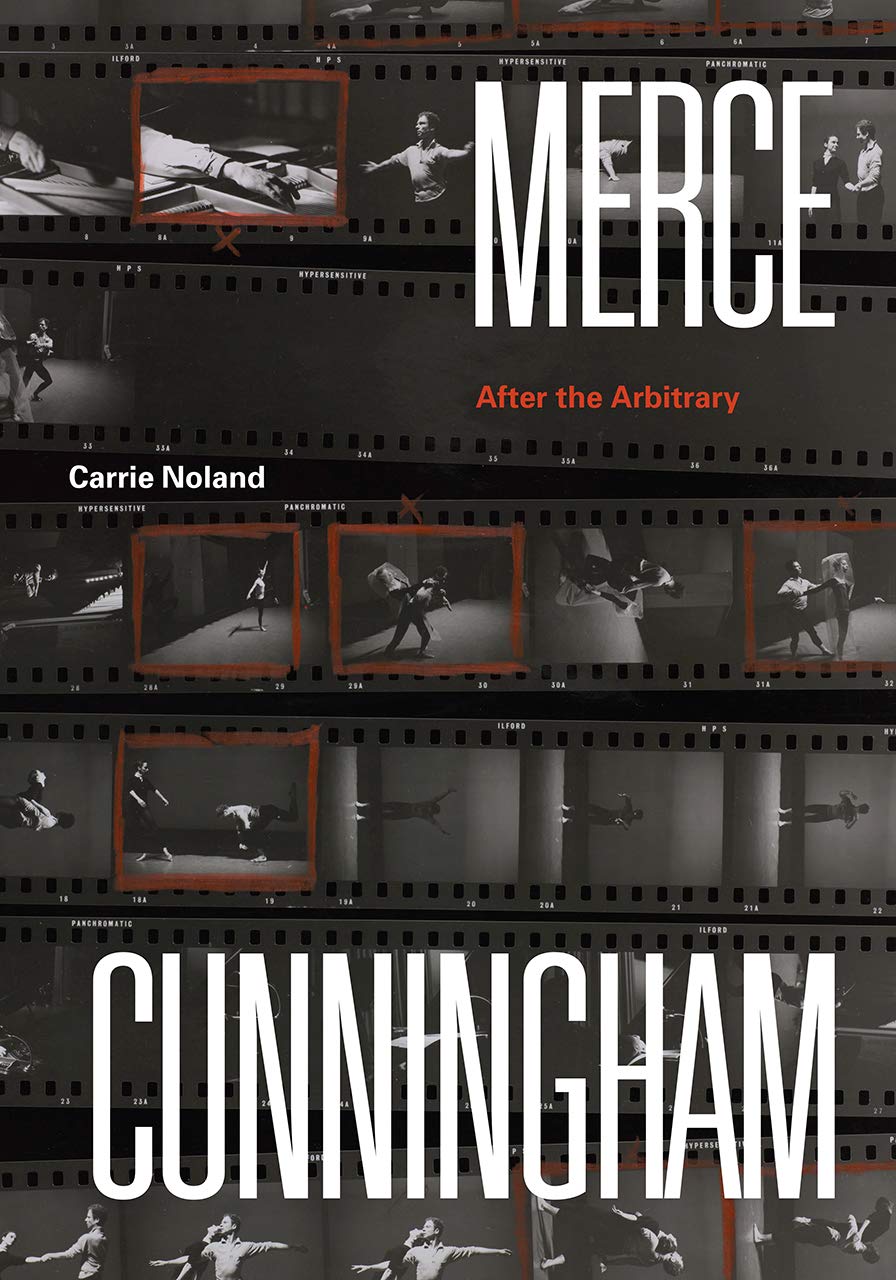Merce Cunningham. After the Arbitrary | Carrie Noland

Detalii Merce Cunningham. After the Arbitrary
carturesti.ro
189 Lei
Carte straina
University of Chicago Press
Merce Cunningham. After the Arbitrary - Disponibil la carturesti.ro
Pe YEO găsești Merce Cunningham. After the Arbitrary de la University of Chicago Press, în categoria Carte straina.
Indiferent de nevoile tale, Merce Cunningham. After the Arbitrary | Carrie Noland din categoria Carte straina îți poate aduce un echilibru perfect între calitate și preț, cu avantaje practice și moderne.
Caracteristici și Avantaje ale produsului Merce Cunningham. After the Arbitrary
- Departament: gaming-carti-birotica
- Ideal pentru pasionații de jocuri, birotică și distracție online.
Preț: 189 Lei
Caracteristicile produsului Merce Cunningham. After the Arbitrary
- Brand: University of Chicago Press
- Categoria: Carte straina
- Magazin: carturesti.ro
- Ultima actualizare: 27-10-2025 01:24:43
Comandă Merce Cunningham. After the Arbitrary Online, Simplu și Rapid
Prin intermediul platformei YEO, poți comanda Merce Cunningham. After the Arbitrary de la carturesti.ro rapid și în siguranță. Bucură-te de o experiență de cumpărături online optimizată și descoperă cele mai bune oferte actualizate constant.
Descriere magazin:
One of the most influential choreographers of the twentieth century, Merce Cunningham is known for introducing chance to dance. Far too often, however, accounts of Cunningham\'s work have neglected its full scope, focusing on his collaborations with the visionary composer John Cage or insisting that randomness was the singular goal of his choreography. In this book, the first dedicated to the complete arc of Cunningham\'s career, Carrie Noland brings new insight to this transformative artist\'s philosophy and career, providing a fresh perspective on his artistic process while exploring aspects of his choreographic practice never studied before. Examining a rich and previously unseen archive that includes photographs, film footage, and unpublished writing by Cunningham, Noland counters prior understandings of Cunningham\'s influential embrace of the unintended, demonstrating that Cunningham in fact set limits on the role chance played in his dances. Drawing on Cunningham\'s written and performed work, Noland reveals that Cunningham introduced variables before the chance procedure was applied and later shaped and modified the chance results. Chapters explore his relation not only to Cage, but also Marcel Duchamp, Robert Rauschenberg, James Joyce, and Bill T. Jones. Ultimately, Noland shows that Cunningham approached movement as more than "movement in itself," and that his work in fact enacted archetypal human dramas. This remarkable book will forever change our appreciation of the choreographer\'s work and legacy.

Produse asemănătoare

Merce Cunningham. After the Arbitrary | Carrie Noland
![]() carturesti.ro
carturesti.ro
Actualizat in 27/10/2025
189 Lei
Produse marca University of Chicago Press

Sun Ra\'s Chicago: Afrofuturism and the City, Paperback/William Sites
![]() elefant.ro
elefant.ro
Actualizat in 28/10/2025
187.99 Lei

The Major Political Writings of Jean-Jacques Rousseau: The Two "discourses" and the "social Contract, Paperback/Jean-Jacques Rousseau
![]() elefant.ro
elefant.ro
Actualizat in 28/10/2025
115.99 Lei

Weak Planet: Literature and Assisted Survival, Paperback/Wai Chee Dimock
![]() elefant.ro
elefant.ro
Actualizat in 28/10/2025
151.99 Lei

Lines of Thought: Branching Diagrams and the Medieval Mind, Hardcover/Ayelet Even-Ezra
![]() elefant.ro
elefant.ro
Actualizat in 28/10/2025
288.99 Lei

Is the Rectum a Grave?: And Other Essays, Paperback/Leo Bersani
![]() elefant.ro
elefant.ro
Actualizat in 28/10/2025
202.99 Lei
